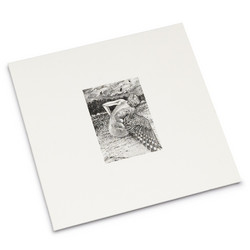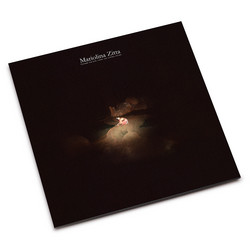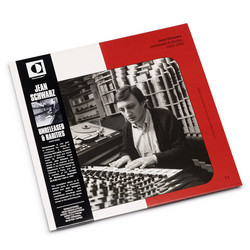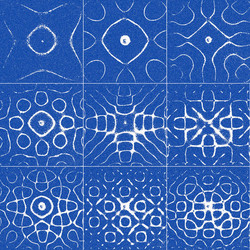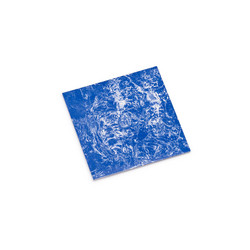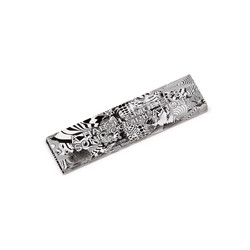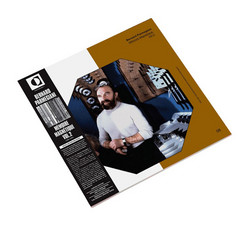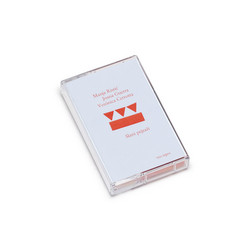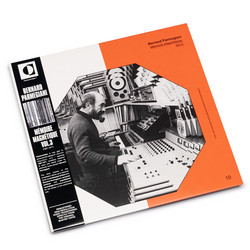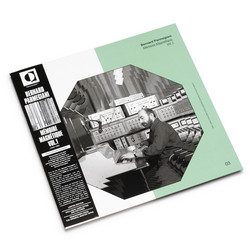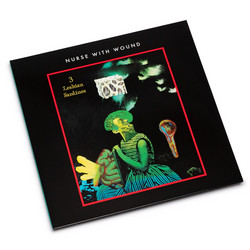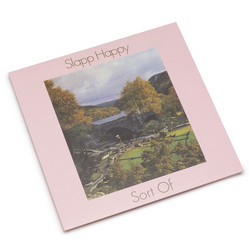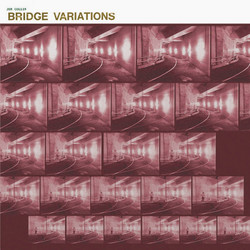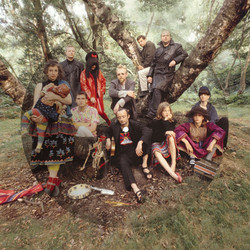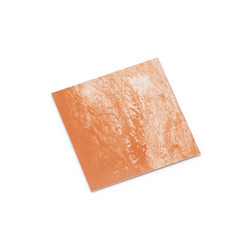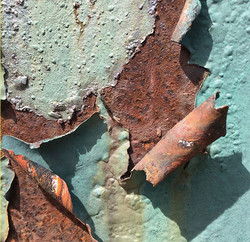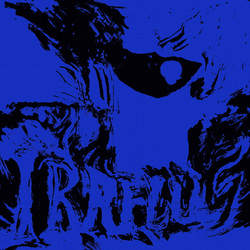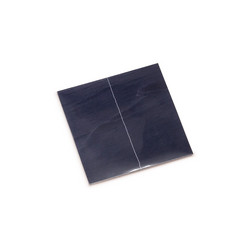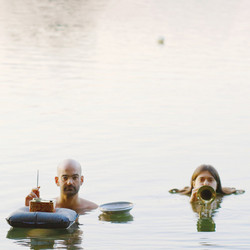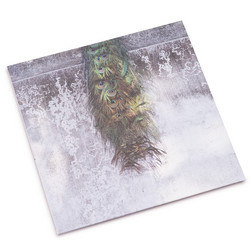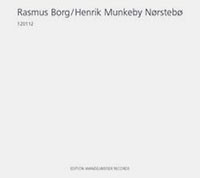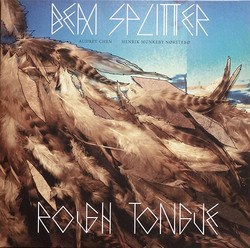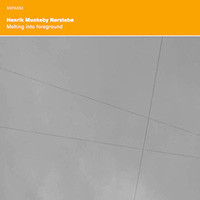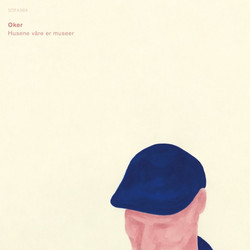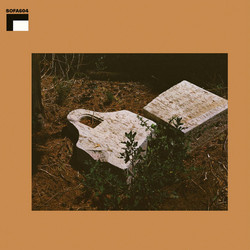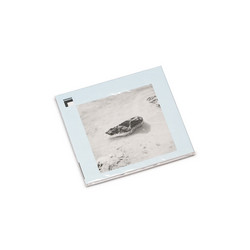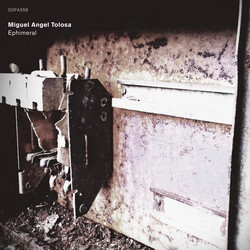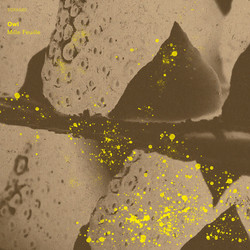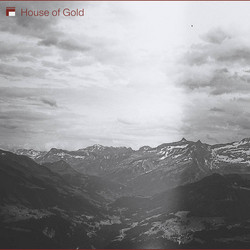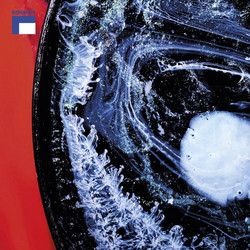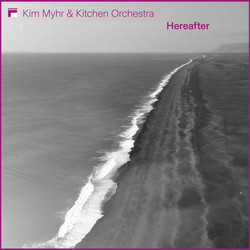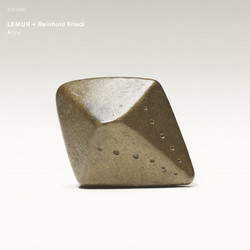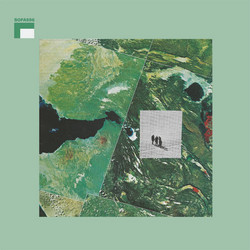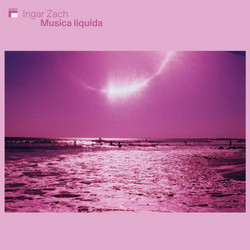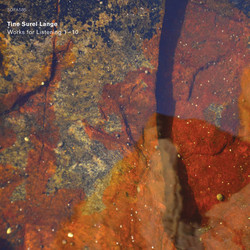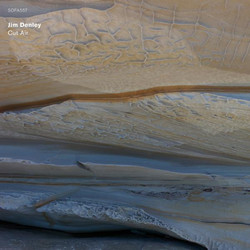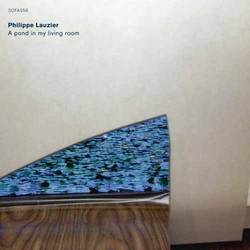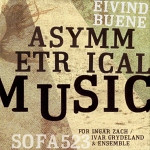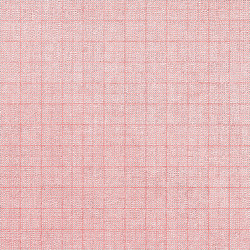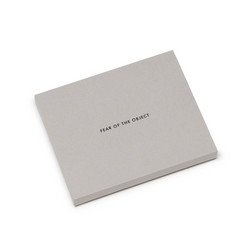Daniel Lercher, Henrik Munkeby Nørstebø, Julie Rokseth
Off the Coast (LP)
Henrik Munkeby Nørstebø and Daniel Lercher met in the Czech country side in 2010, as part of an improvising orchestra comprised of Austrian, Czech and Norwegian musicians, and started working as a duo shortly after. Finding common ground in fine grained and slow pulsed music, the duo went through a research period, striving to develop a common material void of all things unnecessary, where the impact of acoustic and electronic sound elements were truly balanced. While Nørstebø refined his arsenal of hisses, bass tones and pulsations with the use of close up amplification and physical micro adjustments, Lercher programmed a software that enabled him to analyze Nørstebø's sound spectrum in real time, processing the data through electronic synthesis-methods (sine waves, resonators, filtered noise..) to create a tightly matching output, still leaving the amplified acoustic trombone unaltered. The result was released on TH_X in 2014. Off the Coast is the duo's second album, and was produced during two intensive weeks in Norway and Austria, October 2017. Taking the chance to undertake a week long residency on a remote island outside of Trondheim, the duo invited harpist Julie Rokseth and headed to Sula, a tiny piece of land off the coast and in the Norwegian sea. In its heyday, a fishing community with close to 500 inhabitants, now home to around 60 permanent residents (that have a broad verbal spectrum for describing wind and it's changing character). Arriving by boat with a clean slate, the duo decided to start by exploring and recording sound material from Rokseth's baroque harp, as well as researching the best way to record her “wind harp”, an instrument of nineteen strings that when held at an angle in the right amount of wind starts playing it's own spectral song. By slowly letting the new material unfold and layering a range of sound sources in addition to the duo's regular setup, it soon became clear that the physical impact of the islands grounded people, intense weather and striking 360 degree ocean view would affect the music more than anticipated. Deciding to quite literally represent the experience by adding elemental field recordings and keeping the birds chirping along with the wind harp, the project also was fortunate to involve a surprise guest, Aksel Johansen, a man in his 80's and a “Sula original”. As people here commonly do, he stopped by unannounced several times to see what was going on. Locally well known for his good stories and honest voice, he contributed a rendition of the Sula Song, which resonates well with the origin of the islands name, “something that's rising from the ocean”.
